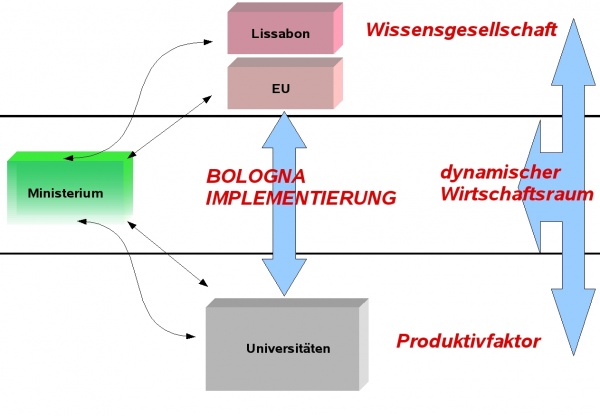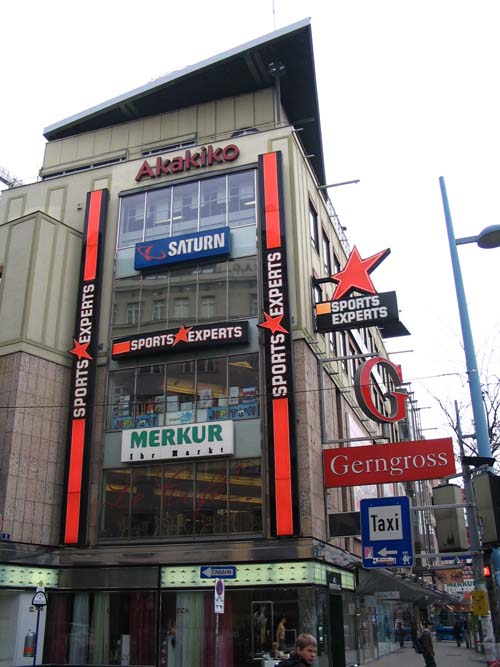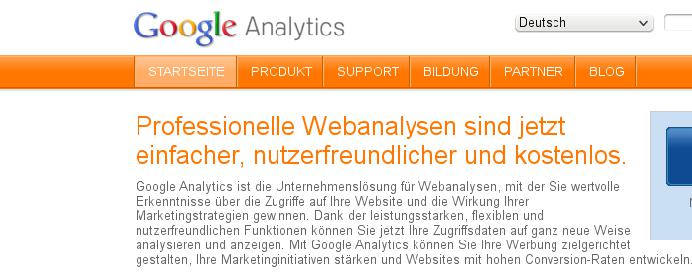Mündlich+schriftlich+elektronisch (mse): Unterschied zwischen den Versionen
Anna (Diskussion | Beiträge) K (pics) |
Anna (Diskussion | Beiträge) K (pics) |
||
| Zeile 25: | Zeile 25: | ||
| + | |||
| + | {| | ||
| + | |[[Bild:unibrennt7.jpg|400px]] | [[Bild:unibrennt8.jpg|200px]] | ||
| + | |[[Bild:unibrennt1.jpg|400px]] | [[Bild:unibrennt4.jpg|200px]] | ||
| + | |} | ||
| + | |||
| + | <ul> | ||
| + | <li>http://www.facebook.com/ | ||
| + | <li>http://twitter.com/ | ||
| + | <li>unibrennt@gmail.com | ||
| + | <li>http://a3twimg.com | ||
| + | <li>http://www.emancipating-education-for-all.org | ||
| + | <li>http://www.malen-nach-zahlen.at | ||
| + | <li>http://www.bildungsstreik.net | ||
| + | <li>http://uniriot.org | ||
| + | <li>http://unsereuni.tv | ||
| + | <li>http://www.ustream.tv/ | ||
| + | <li>http://www.uebermorgen.at | ||
| + | </ul> | ||
| + | |||
| + | ::„Promote your business to millions of viewers for only $1 a month.“ (ustream.tv) | ||
| + | |||
| + | ::„Users also find great value in connecting with businesses of all kind on Twitter ...“ | ||
| + | |||
| + | ::„Der für den Endnutzer kostenlose Dienst Gmail finanziert sich über kontextbezogene, das heißt auf den Inhalt von E-Mails angepasste Text-Werbung (Google AdWords), die analog zur Suchmaschinenoberfläche von Google rechts eingeblendet wird. Dazu wird nicht nur die geöffnete E-Mail analysiert, sondern auch zuletzt empfangene Mails mit einbezogen.“ (Wikipedia) | ||
| + | |||
| + | |||
| + | [[Bild:unibrennt2.jpg|center]] | ||
| + | [[Bild:unibrennt3.jpg|center]] | ||
---- | ---- | ||
[[Kategorie: mündlich, schriftlich, elektronisch]] | [[Kategorie: mündlich, schriftlich, elektronisch]] | ||
Version vom 17. März 2011, 11:12 Uhr
<root> <div class='right_side_navigation' style='width:156px;position:fixed;bottom:50px;background-color:#efefef;border-color:#bbbbbb;border-width:1pt;border-style:solid;padding:1px 2px;font-size:8pt;text-align:center;filter:alpha(opacity=90);-moz-opacity: 0.9;opacity: 0.9;'> <comment><!---------------------------------------------------------------------------------------------------------------> </comment> Übersicht<br /> Hauptseite<br /> Letzte Änderungen<br /> Alle Seiten
<hr />
Vorlesungen<br /> MSE/Vo 01<br /> MSE/Vo 02<br /> MSE/Vo 03<br /> MSE/Vo 04<br /> MSE/Vo 05<br /> MSE/Vo 06<br /> MSE/Vo 07<br /> MSE/Vo 08<br /> MSE/Vo 09<br /> MSE/Vo 10<br /> MSE/Vo 11<br /> <comment><!--MSE/Vo 12<br /> MSE/Vo 13<br /> MSE/Vo 14<br /> --> </comment> <hr />
Hilfe<br /> Wiki Hilfe<br />
<comment><!--------------------------------------------------------------------------------------------------------------->
</comment></div><ignore><includeonly></ignore><ignore></includeonly></ignore></root>
- „In Österreich brachte der Bologna-Prozess eine systematische Beseitigung demokratischer Strukturen an den Universitäten mit sich. Diese werden nunmehr nicht nur WIE Unternehmen geführt, sondern sukzessive so umgeformt, dass sie auch VON Unternehmen geleitet werden können – eine Entwicklung, die den Prinzipien der alles umfassenden Privatisierung und Kommodifizierung des neoliberalen Kapitalismus entspricht.“
L. Dokuzovic, E. Freudmann: Uni brennt, S. 189
- It has often been observed that big, multinational companies have developed into economic agents more powerful than many state governments. The European Union shows a special way of dealing with this problem. Introducing monetary union and enhancing pan-European control over many areas (including educational policy) that were former prerogatives of nation states, it aims at gaining political clout on a global scale. Since we are dealing with a local Austrian political disturbance, what is the point of rehearsing these developments? The abandonment of parts of Austrian educational sovereignty is a remarkable fact. States do not easily hand over such prerogatives. In order to understand the legal rearrangement outlined above, it might be helpful to change the frame of reference from the legal to the economic realm. A useful distinction has been made between merchant- and two-sided markets (Rochet 2005, Evans 2006, Hagiu 2007, Gawer 2009). Traditional department stores, for instance, supply their customers with a variety of goods under one management. Their operations are unidirectional, but consider a powerful trend in recent decades. As the business environment for big stores became more difficult many switched to a different model, namely the two-sided platform. Instead of presenting themselves as one big supplier of goods, they reinvented themselves as mediating platforms, enabling exchange between shops (often brand names) and their customers. The former pattern of comprehensive management was replaced by an approach of matching the needs of selected sellers to their clientele.
- The restructuring of the Austrian higher education sector has followed a similar pattern. Just as the previously state-owned railways, mail services and energy providers had been transformed into companies sui generis, universities have been given the means for self-determination, albeit within an environment of unexplored complexity. The Austrian state has switched from the mono-directional model of an agency with ultimate responsibility over its academic sector, to a mediating role as a platform provider, matching national institutions of research and education with the overarching aims of the so-called Lissabon proclamation1 , envisaging a leading role for Europe in bringing about the future “knowledge society”.
H. Hrachovec, The Vienna “unibrennt” Platform. Hidden Pitfalls of the Social Web. Erscheint 2011
- „Eine … Analogie zwischen den Studierendenprotesten und ihrem Medium stellt die spezifische Form der Organisation dar, bei der die einzelnen Organisationseinheiten nicht in einem hierarchischen, sondern in einem heterarchischen, d.h. gleichberechtigten Verhältnis zueinander stehen. Die Ablehnung einer Zentralisierung sowie das heterarchische Prinzip bedeuten eine Stärkung des selbstbestimmten Handelns aller Beteiligten, zugleich trägt aber jede_r Beteiligte eine erhöhte (Eigen-)Verantwortung.“
L. Hiesberger, M. Penz, M. Scheffenacker, P. Sniesko: Uni brennt S. 221
- „Das Kennzeichen der Kommunikationskultur ist ihre dezentrale und – zumindest dem Anspruch nach – egalitäre sowie hierarchiefreie Organisationsstruktur, die sich neben direkten Kontakten via Telefon oder E-Mail im Kern auf eine im Zuge der Proteste entstandenen, auf der Web 2.0-Technologie beruhenden, internationalen Vernetzungsplattform gründet, die nicht nur informativen, sondern auch inhaltlich-diskursiven Charakter hat.“
L. Hiesberger, M. Penz, M. Scheffenacker, P. Sniesko: Uni brennt S. 218
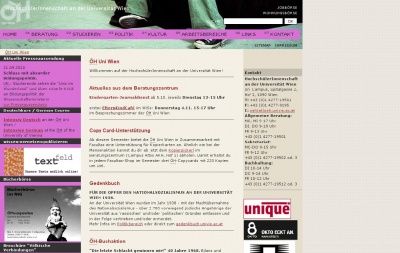 | | 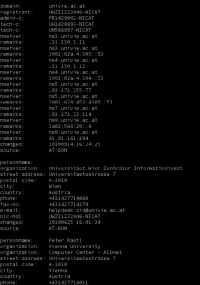
|
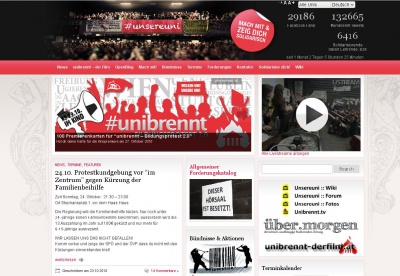 | | 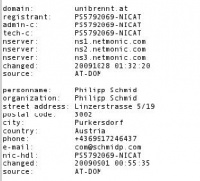
|
- http://www.facebook.com/
- http://twitter.com/
- unibrennt@gmail.com
- http://a3twimg.com
- http://www.emancipating-education-for-all.org
- http://www.malen-nach-zahlen.at
- http://www.bildungsstreik.net
- http://uniriot.org
- http://unsereuni.tv
- http://www.ustream.tv/
- http://www.uebermorgen.at
- „Promote your business to millions of viewers for only $1 a month.“ (ustream.tv)
- „Users also find great value in connecting with businesses of all kind on Twitter ...“
- „Der für den Endnutzer kostenlose Dienst Gmail finanziert sich über kontextbezogene, das heißt auf den Inhalt von E-Mails angepasste Text-Werbung (Google AdWords), die analog zur Suchmaschinenoberfläche von Google rechts eingeblendet wird. Dazu wird nicht nur die geöffnete E-Mail analysiert, sondern auch zuletzt empfangene Mails mit einbezogen.“ (Wikipedia)
